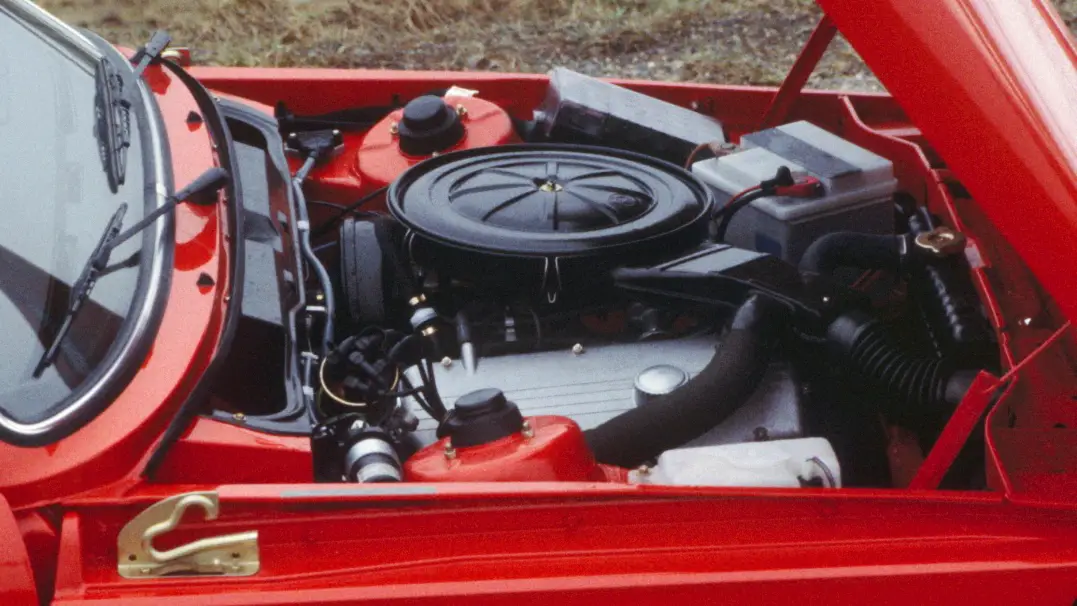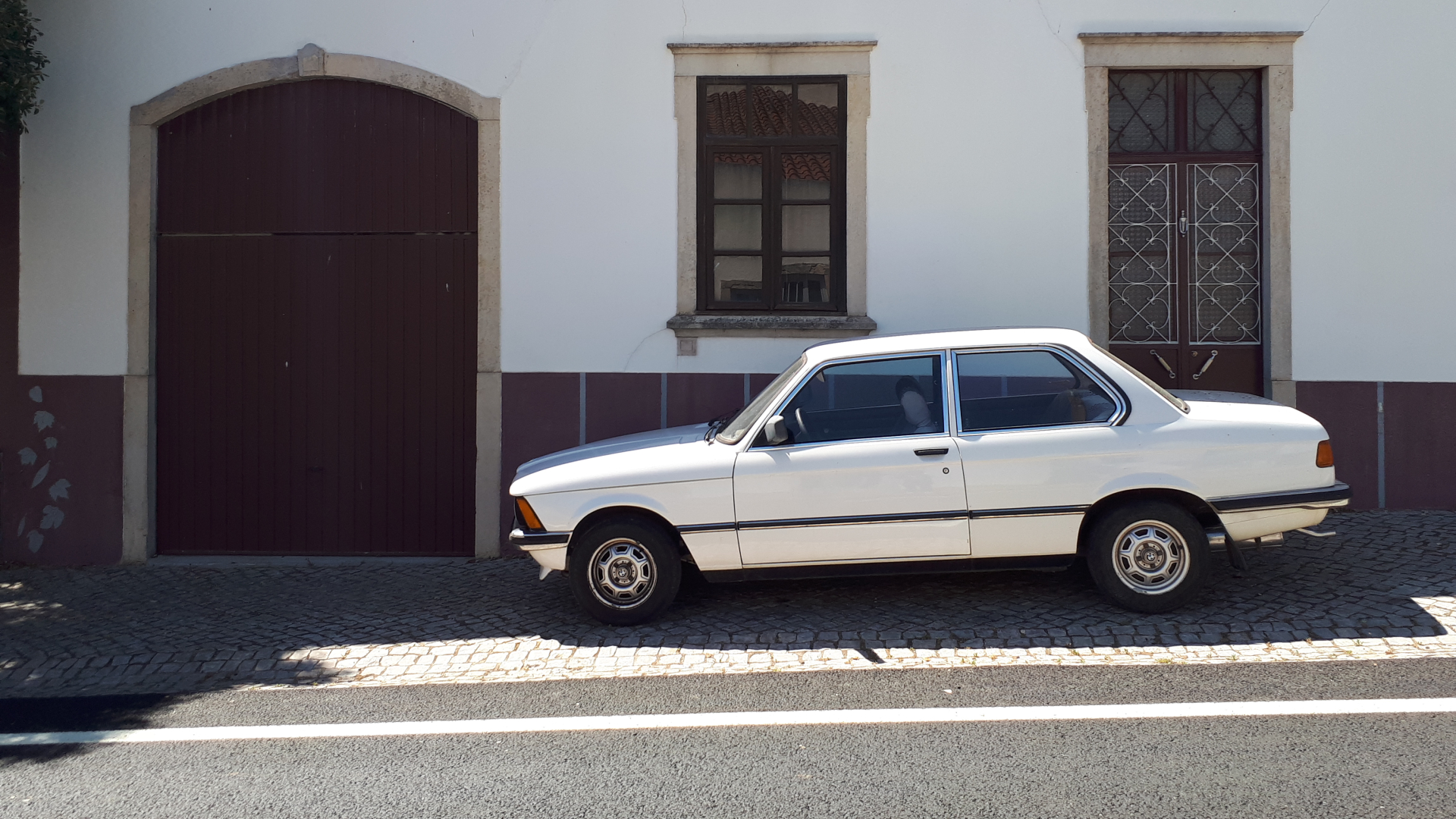Spotted: an early BMW 316
During the vacations, we often look abroad.
Of course we enjoy the beautiful surroundings, but for us car lovers there is another “bonus”.
Abroad, especially when going south, you sometimes see cars that have long since disappeared from our streets.
When we were in Portugal last month for a test drive with the new Nissan Qashqai, we saw for example this very photogenically parked BMW 316, which we came across in the village of Barranco do Velho.
Of course, in Portugal the BMW is now also considered an old-timer, rather than just an older car, but that certainly doesn’t make it any less fun.
The spotted specimen
To be precise, this is a BMW 316 of model year 1975, or the first version of this generation of BMW 3 Series.
Although, this model has not had a facelift, so it is difficult to distinguish early and late examples.
In any case, this one still looks very nice.
That deserves a few more photos.
As you can see, the Portuguese license plates from the period 1937-1992 are very similar to classic Dutch license plates.
The later Portuguese license plate series also look a bit like the Dutch license plate system with their “two-by-two” arrangement, but this is just a side note.
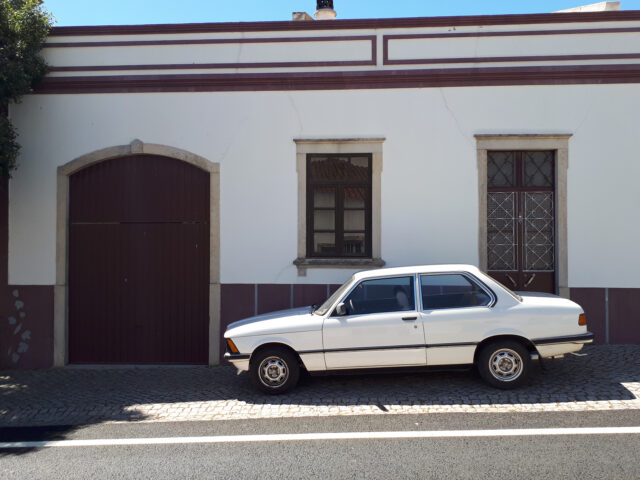
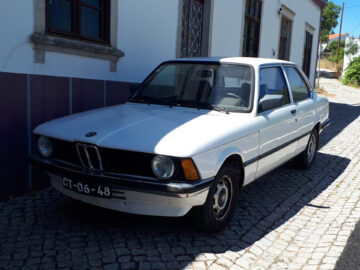
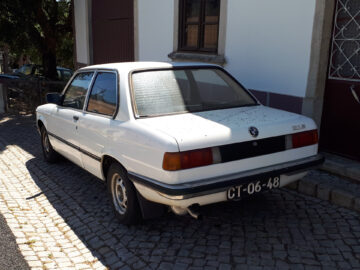
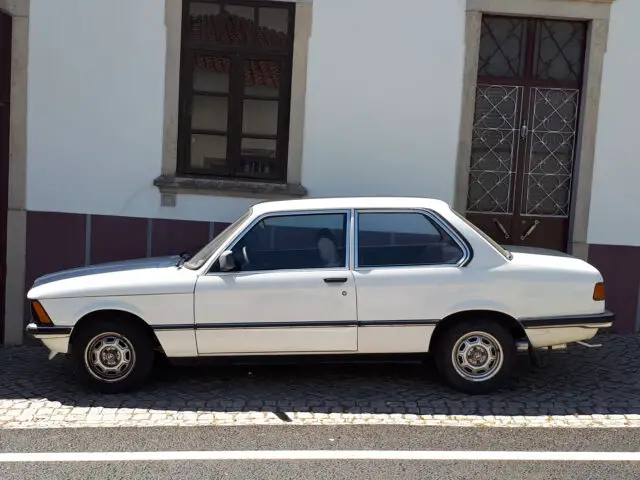
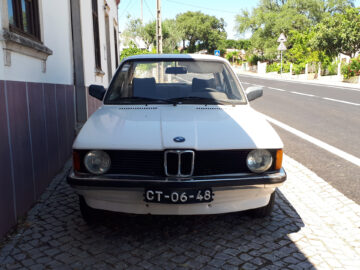
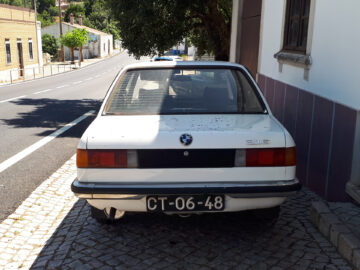
The first generation BMW 3 Series
The first generation BMW 3 Series listens to the internal designation E21 and was the successor to the 02 Series in 1975.
These were a series of two-door models based on the Neue Klasse, the model series that helped BMW get back on its feet after a difficult period.
This first 3-Series was still available exclusively as a two-door sedan (called a coupe by BMW), although from 1978 through 1981 you could also order a convertible version from coachbuilder Baur.
In the interior, a new interior concept debuted, with the center console and part of the dashboard turned toward the driver.
A concept that BMW still applies today.
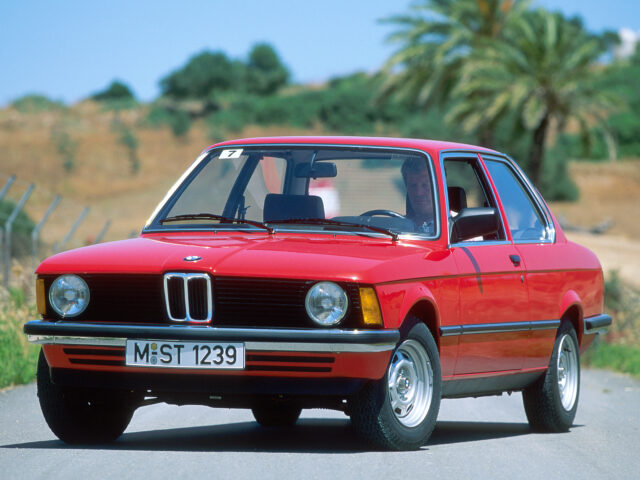


BMW 316 and more: the engines
Although the exact type name for the 02 Series also depended on the engine variant, the 3 Series – like the 5 Series a few years earlier – switched to the still-used three-digit model designation.
The first number indicated the model series and the two numbers after that the engine variant.
So the BMW 316 we spotted was a 3 Series with a 1.6-liter engine under the hood.
That made it the entry-level model at introduction, below the 318 and 320.
The engine produced 66 kW (90 hp), good for a 0-100 time of 14 seconds and a top speed of 160 km/h.
Not impressive, but decent for the time.
In 1980, the engine capacity was increased to 1.8 liters, while the type name 316 remained.
Even then, therefore, the last digits of the type name did not fully correlate with the engine capacity.
Power remained the same, but the top speed was now 163 km/h.
In 1978 the six-cylinder 323i was added as the new top model, while in 1985 the 315 was introduced.
That in turn did not have a 1.5-liter engine, but was a 316 with less power.
The first 3 Series had no serious sports version like the previous 2002 Turbo or the later M3 models.
However, there were some limited editions based on the 323i.
In 1982, the second generation BMW 3 Series was ready to take over, the E30, although production of this E21 continued until 1983.
